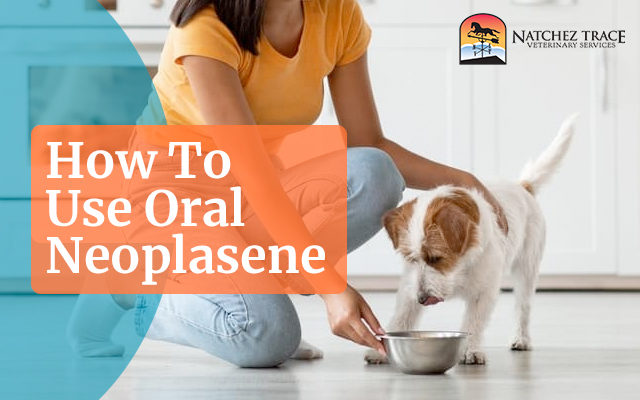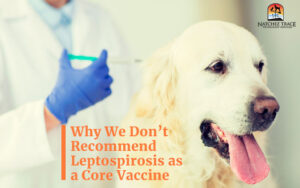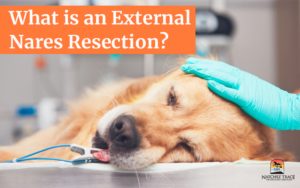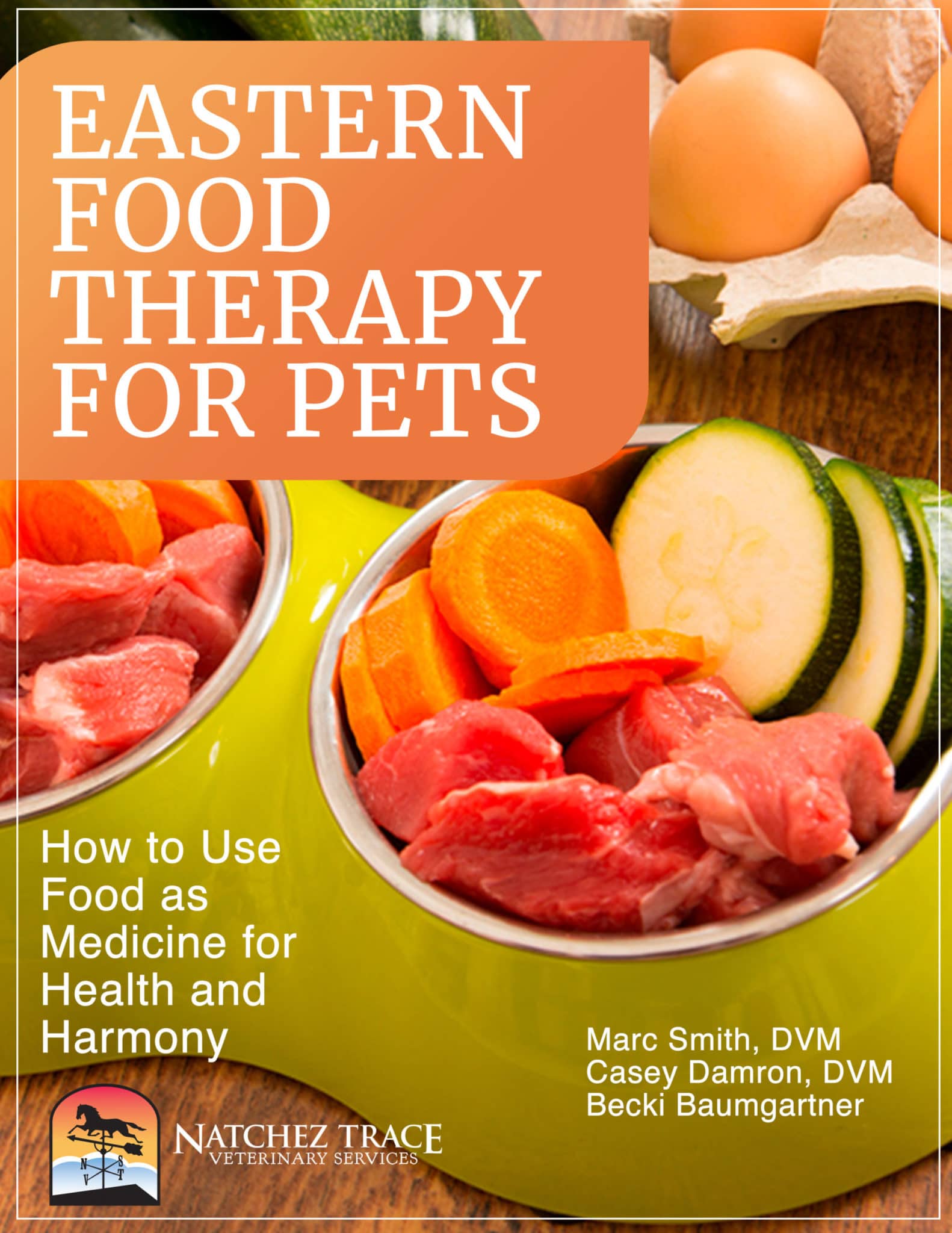What Is Oral Neoplasene?
Oral Neoplasene is an herbal veterinary medication made from bloodroot extract.
In our clinic, the term “Neoplasene” is often interchanged with the term “Bloodroot”, because bloodroot is a much easier word for our clients to remember.
However, generic bloodroot extract will not provide the same benefits as veterinary Neoplasene.
Neoplasene is a product developed by Buck Mountain Botanicals that is marketed as an alternative treatment for cancer in pets.
The ingredients in oral Neoplasene are bloodroot extract and zinc chloride.
The bloodroot extract is derived from the root of the Sanguinaria canadensis plant, which contains several bioactive compounds, including sanguinarine, chelerythrine, and berberine.
These compounds have been shown to have antitumor and anti-inflammatory properties in laboratory studies.
When applied to cancerous tissue, zinc chloride is a chemical compound that can cause tissue necrosis (cell death).
It combines with the bloodroot extract to selectively target cancerous cells, leaving healthy cells unaffected.
The theory behind oral Neoplasene is that when ingested, it can selectively target cancerous cells throughout the body, causing them to break down and die while leaving healthy cells unaffected.
Our clinic often uses oral Neoplasene as part of a customized cancer care plan.
How to Give Your Dog or Cat Oral Neoplasene
Mix your pet’s dose of Neoplasene with a canned PET | TAO Formula or home-cooked food.
An example recipe for home-cooked food is:
- Cooked ground meat (50%)
- Steamed white rice (25%)
- Cooked chopped vegetables (25%)
Feed your pet twice daily.
You may add in fruit once a week.
Make sure you thoroughly mix the Neoplasene dose with the meal.
Make sure your pet is really hungry and really thirsty at mealtime.
You might have to alter your pet’s feeding schedule slightly to accomplish this.
Tips for Giving Your Pet Oral Neoplasene
Neoplasene is a very effective product. However, it has a very bitter taste making it challenging to give to some pets.
Mixing with Food
Tips for giving oral Neoplasene with meals:
- Withhold water for two hours before meal/medicine time.
- Only give food at meal/medicine time (i.e., twice daily).
- Feed a meaty food.
- Avoid dry or raw food as the cell membrane (meat) or cell wall (vegetables) of raw food does not absorb the unpleasant tasting/emetic oral medication well.
- Mix the dose of Bloodroot/Neoplasene with the food THOROUGHLY.
The above protocol sometimes does not work because a pet continually refuses to eat food containing Neoplasene.
Using Gelatin Capsules
Another option is placing Neoplaene in gelatin capsules, then putting the capsules in a treat or pill pocket.
Gelatin capsules are easy to find. You can usually find them at the drugstore or online.
You must put Neoplasene in the gelatin capsules just before feeding. You can’t prefill the capsules because the liquid Neoplasene starts dissolving the gelatin capsule within a few minutes.
And, it may take several capsules to administer the entire dose, depending on your pet’s size.
This is an excellent option for pets who like to swallow big bites. However, it may not work if the pet likes to pick around in the food and chew every little piece, it may not work.
If your pet bites the gelatin capsule, he/she will experience a bitter taste.
Using a Syringe
If your pet refuses to eat food containing Neoplasene, you may squirt Neoplasene directly in your pet’s mouth via a syringe.
Neoplasene is very bitter. Your pet will not like the taste! Some people like to mask the taste by adding a little honey.
Ensure the syringe is inserted into your pet’s mouth past the tongue so he/she doesn’t taste the Neoplasene.
Then, feed your pet and provide plenty of water after administering Neoplasene to reduce the emetic effect and get the bad taste out of your pet’s mouth.
If your pet has cancer and you’re looking for options, please contact our clinic!
We offer various options, including Vitamin C IV Therapy, Eastern Herbal Formulas, Food Therapy, and more!








